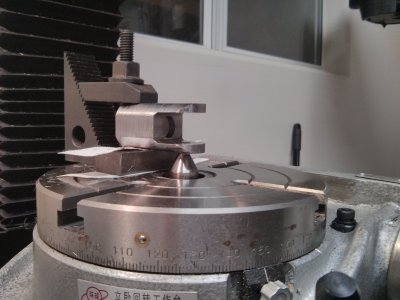- Joined
- Aug 22, 2012
- Messages
- 4,260
Using the same boring bar that I had bored the gear with, I ground a 7 degree relief angle on a peice of HSS tool bit that had the same dimension as the key that I wanted to cut. In this case it was 1/4" . I simply ground a 7 degree end clearance angle, hand honed it with a small stone and oil, and mounted the tool bit in the boring bar holder with the square top edge facing the chuck and the 7 degree relief angle pointing back towards the tailstock. By eye, I rotated the boring bar until it looked like the tool bit was roughly horizontal.
This keying procedure is done without power to the lathe of any kind but muscle power. I engaged the back gears of the lathe to eliminate the spindle turning on me while keying. I also drove a wooden wedge between the cone pulley and the housing. Then I advanced the carriage towards the chuck until the tool bit was close to the bore opening and used the cross-slide to adjust until the tool bit was in close contact with the bore.
Whether the tool bit is exactly horizontal or vertical or anywhere in between is not important. What matters is that both edges of the tool bit are in contact with the bore at the same time. I rotated the boring bar and manipulated the cross- slide and carriage until both points of the flat were in contact. I then advanced the cross-slide .001" and used the carriage handwheel to push the cutter into the bore. I visually verified that it was cutting equally on both corners and made sure that the boring bar was snug and continued to feed 001" at a time and running the tool in and out.
You need to be patient and not be tempted to increase the cut to hurry it along. Just relax and get into a rhythm..... it took about 5 minutes to cut this keyway. I don't have keyway broaches as of yet and this was a method that was passed along to me that served the purpose and the end result was very good.
I hope that I haven't been too long in the tooth in my explanation and that I have answered your question. Don't hesitate to ask more questions of me. I am fairly new to machining and am here to learn...
Cheers...
Brian
Thats how I did it on my 9x20. I would like to say it was successful in as much I did cut the keyway, but, I broke 3 teeth on the rack and damaged a couple of teeth on the pinion.
Upon further investigation I found that the pinion was only able to engage the teeth on the rack by 2mm (0.078")
I have since re-built the pinion shaft to produce full width engagement but the new rack has its holes drilled in the wrong positions so I am in the process of fixing this part now.
I would think on a quality lathe this problem wouldnt rear its ugly head but definitely worth checking out before doing what I did.

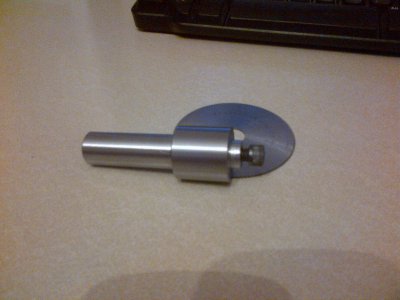
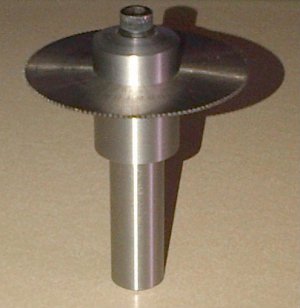
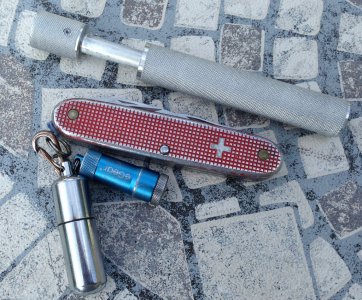
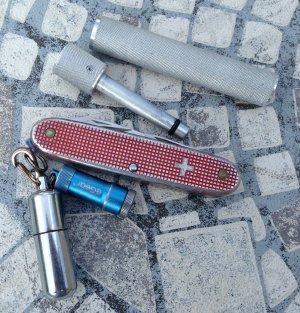
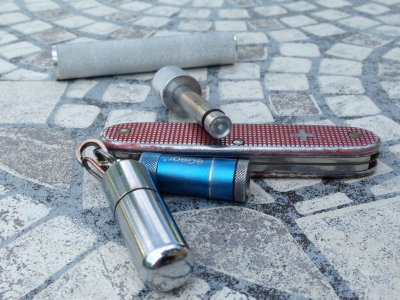
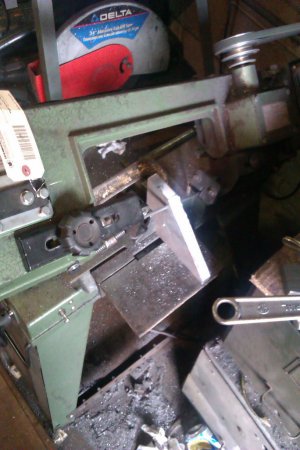
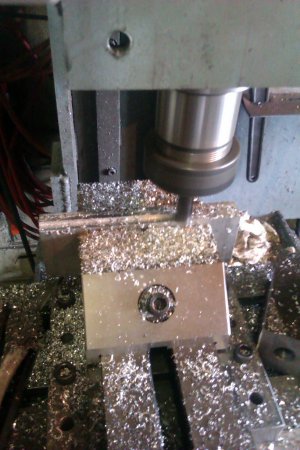
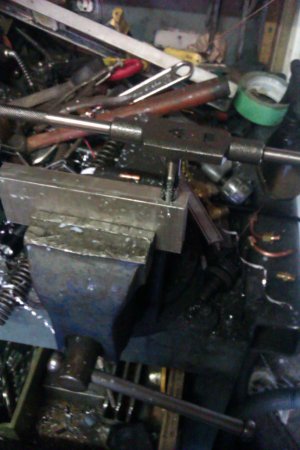
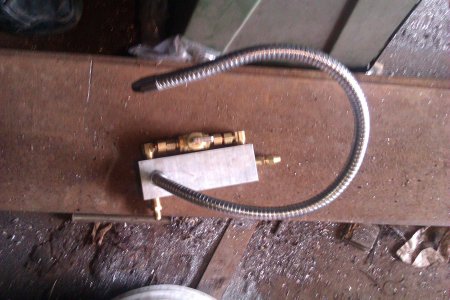
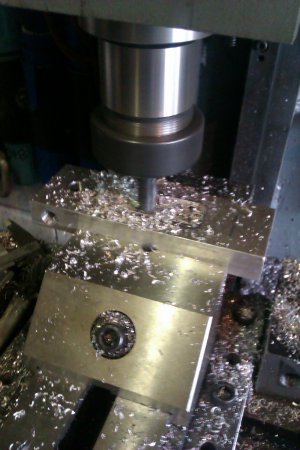
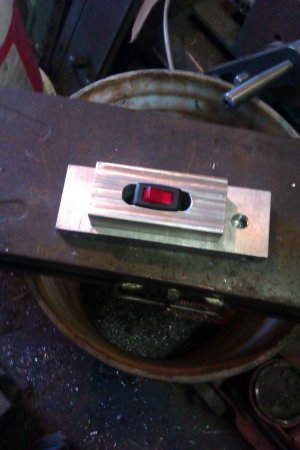
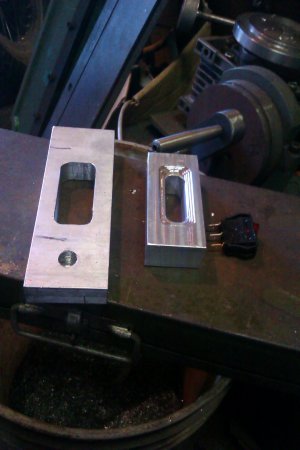
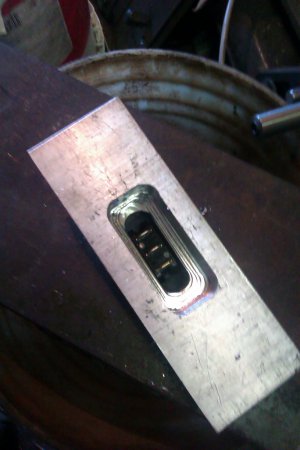
![IMG_1028[1].JPG IMG_1028[1].JPG](https://www.hobby-machinist.com/data/attachments/23/23066-c1b01f02cf93bb836456d5b771ff0284.jpg)
![IMG_1031[1].JPG IMG_1031[1].JPG](https://www.hobby-machinist.com/data/attachments/23/23067-13b197c242ff7daef1265e97004258d1.jpg)
![IMG_1033[1].JPG IMG_1033[1].JPG](https://www.hobby-machinist.com/data/attachments/23/23068-20f9d75cc4cb12456e6069d079a21016.jpg)
![IMG_1036[1].JPG IMG_1036[1].JPG](https://www.hobby-machinist.com/data/attachments/23/23069-37da7f450a705fea6f607ce1a83641d8.jpg)
![IMG_1035[1].JPG IMG_1035[1].JPG](https://www.hobby-machinist.com/data/attachments/23/23070-df2d548803acf9407f2248232b1d5037.jpg)
![IMG_1030[1].JPG IMG_1030[1].JPG](https://www.hobby-machinist.com/data/attachments/23/23071-4fe47e8e7c14e3759769f70cd43e4a3d.jpg)
